This article was co-authored by Chris M. Matsko, MD. Dr. Chris M. Matsko is a retired physician based in Pittsburgh, Pennsylvania. With over 25 years of medical research experience, Dr. Matsko was awarded the Pittsburgh Cornell University Leadership Award for Excellence. He holds a BS in Nutritional Science from Cornell University and an MD from the Temple University School of Medicine in 2007. Dr. Matsko earned a Research Writing Certification from the American Medical Writers Association (AMWA) in 2016 and a Medical Writing & Editing Certification from the University of Chicago in 2017.
There are 11 references cited in this article, which can be found at the bottom of the page.
This article has been viewed 145,435 times.
Ouch! You’ve had the misfortune of accidentally getting a staple in your hand while using a stapler or staple gun, and have sustained what is known as a puncture wound. Puncture wounds tend to be narrow and deep, making them harder to clean and increasing the risk of infection. Luckily, this type of injury is not usually serious and can oftentimes be treated at home. Before attempting to remove the staple on your own, make sure to assess the wound to determine if medical treatment is necessary.
Steps
Removing the Staple
-
1Clean the wound. Wash the wound for five minutes under cold water using antibacterial soap to remove obvious dirt from the area and to help avoid infection. You could also use mild dish detergent soap such as Ivory or Joy.[1] Avoid using hydrogen peroxide, rubbing alcohol, or iodide as these can actually slow healing.[2]
-
2Check the wound for the staple. Look to see if the staple is still intact and that no parts of the staple, including any of the adhesive that holds the stick of staples together, have broken off in the wound.[3]Advertisement
-
3Pull the staple straight out. Try to pull the staple out in the same angle as it appears to be lodged into the wound. It should come out fairly easily; however, if it does not pull directly out or appears to be stuck or bent, seek medical attention, as you can cause more damage to the surrounding tissues as you pull it out.
- For a light staple, use tweezers. Heavier staples (such as those used on wood, or for bigger stacks of paper) may require the use of needle-nose pliers. Whatever you use, dip the tweezers or needle-nose pliers in a rubbing alcohol solution before bringing it anywhere near your wound.
- If you find the tweezers or pliers pinching the skin because the staple is flush against the skin, wedge out the staple a little bit with a flat, firm item like a nail file. Again, make sure to dip the nail file or other flat, firm item you selected in rubbing alcohol first.
Treating and Caring for the Wound After Staple Removal
-
1Stop the bleeding. If the wound is bleeding, let it do so for about five minutes, as this can help remove infection-causing materials from the injury site.[4]
-
2Use an antibiotic. Apply a thin layer of antibiotic ointment or cream, such as Neosporin, to the wound. If you develop a rash, stop using the ointment.[5]
-
3Consider the use of a bandage. Most puncture wounds will heal nicely without the use of a bandage; however, use a bandage if your wound is still bleeding or has a visible opening. The bandage will protect the wound from becoming dirty and irritated.[6]
- Be sure to wash the wound with soap and water before applying the bandage. Change the bandage at least once a day or whenever it becomes wet or dirty.[7]
-
4Keep it elevated. If you experience pain, use a pillow to keep the injury elevated above at or above the level of your heart anytime you are standing or sitting down. This will help reduce swelling.[8]
-
5Use pain medicine if necessary. Take an over-the-counter pain medication such as acetaminophen, ibuprofen and aspirin to also relieve the pain. Do not take more than the recommended dosage.
- For ibuprofen the dosage is 400 to 800 mg three to four times daily (max 3,200 mg/day). For acetaminophen the dosage is 650 mg every four to six hours (max daily dose: 3,250 mg daily).
- Do not give aspirin to anyone under the age of 19 unless you have permission from a doctor, as it may cause a serious condition known as Reye's syndrome.
- One side effect of chronic use of pain medications is that it can lead to gastric ulcers. Make sure that you do not take them for a prolonged time period.
Determining If You Need Medical Treatment
-
1Examine the wound and the surrounding area. You need to first determine if the staple is still embedded in the wound and if any blood vessels, nerves or tendons were damaged by the staple. This will help you determine if you will need a tetanus shot.
- A tetanus shot might be needed if you received your last tetanus shot over 10 years ago, or if the staple was dirty or possibly dirty and you received your last tetanus shot over five years ago.[9]
-
2Call 911 and apply steady pressure if you are bleeding severely. If the bleeding is severe, you will notice any of the following: blood is pumping from the wound, or the bleeding does not stop or slow down when applying pressure. You may also be bleeding so profusely that the blood is soaking through one bandage after another.[10] If this is the case, call emergency services for assistance.
-
3Call your doctor or seek prompt medical treatment for moderate bleeding. Be sure to seek medical treatment within an hour. With moderate bleeding, the bleeding slows or stops with pressure but starts again once pressure is no longer applied. The blood might also soak through a few bandages, but the bleeding isn't fast or out of control. [11]
- You need to call an ambulance if you or someone else cannot safely drive you to the doctor or hospital, or if heavy traffic will delay your treatment.
-
4Seek medical treatment for mild bleeding accompanied with severe pain. You should seek medical treatment within one hour. With mild bleeding, the bleeding either stops by itself or when you apply pressure. The bleeding may also stop or slow down to an ooze or trickle after applying pressure for 15 minutes.[12] The bleeding can ooze or trickle for as long as 45 minutes.
- You should call for an ambulance if you or someone else cannot safely drive you to receive medical treatment, or if heavy traffic will delay your travels.
-
5Get medical care immediately if you are experiencing severe pain. Chances are that your injury will only get worse, so you need to contact your doctor or seek medical treatment within one hour.
- If the pain makes it unsafe for you or someone else to drive, call an ambulance.
-
6Determine the urgency of moderate pain. Seek medical help if you have moderate pain lasting for longer than eight hours, and you’ve been injected with a high pressure item containing substances such as oil or paint.
-
7Know that mild pain can be serious as well. Seek medical help if you have mild pain lasting for longer than eight hours, and you’ve been injected with a high-pressure item containing substances such as oil or paint.
Expert Q&A
Did you know you can get expert answers for this article?
Unlock expert answers by supporting wikiHow
-
QuestionHow else can I help protect the wound?
 Chris M. Matsko, MDDr. Chris M. Matsko is a retired physician based in Pittsburgh, Pennsylvania. With over 25 years of medical research experience, Dr. Matsko was awarded the Pittsburgh Cornell University Leadership Award for Excellence. He holds a BS in Nutritional Science from Cornell University and an MD from the Temple University School of Medicine in 2007. Dr. Matsko earned a Research Writing Certification from the American Medical Writers Association (AMWA) in 2016 and a Medical Writing & Editing Certification from the University of Chicago in 2017.
Chris M. Matsko, MDDr. Chris M. Matsko is a retired physician based in Pittsburgh, Pennsylvania. With over 25 years of medical research experience, Dr. Matsko was awarded the Pittsburgh Cornell University Leadership Award for Excellence. He holds a BS in Nutritional Science from Cornell University and an MD from the Temple University School of Medicine in 2007. Dr. Matsko earned a Research Writing Certification from the American Medical Writers Association (AMWA) in 2016 and a Medical Writing & Editing Certification from the University of Chicago in 2017.
Family Medicine Physician
Warnings
- Be sure to watch for signs of infection around the wound site until it heals. Symptoms such as redness, swelling, throbbing, red streaks, pus or discharge may indicate an infection.⧼thumbs_response⧽
References
- ↑ https://www.woundsource.com/blog/wound-cleansing-basics-health-care-providers-and-patients
- ↑ https://health.clevelandclinic.org/what-is-hydrogen-peroxide-good-for/
- ↑ https://www.rn.com/nursing-news/secrets-of-accurate-wound-assessment/f
- ↑ https://myhealth.alberta.ca/Health/Pages/conditions.aspx?hwid=zm6160
- ↑ https://www.drugs.com/mtm/neosporin-topical.html
- ↑ https://www.vinmec.com/en/news/health-news/general-health-check/should-an-open-wound-be-covered-with-a-bandage/
- ↑ https://www.ouh.nhs.uk/patient-guide/leaflets/files/14109Pwounds.pdf
- ↑ https://www.nhs.uk/conditions/sports-injuries/treatment/
- ↑ https://www.cdc.gov/tetanus/vaccination.html
About This Article
To remove a staple from your hand, wash the wound under cold water with antibacterial soap to avoid infection. Once the area is clean, try to pull the staple out in the same angle that it went in to keep it in one piece. If the staple is small, use a part of tweezers, but for a larger staple you’ll want to use needle-nose pliers to pry it out. Regardless of what tool you use to pull the staple out, dip it in rubbing alcohol before starting to kill any bacteria. In cases where the staple is stuck or bent, seek medical attention since you can cause more damage to the surrounding tissue by trying to force it out. For more tips from our Medical co-author, including how to care for your wound after your staple has been removed, keep reading!
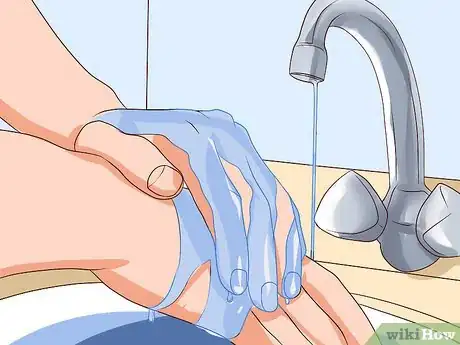
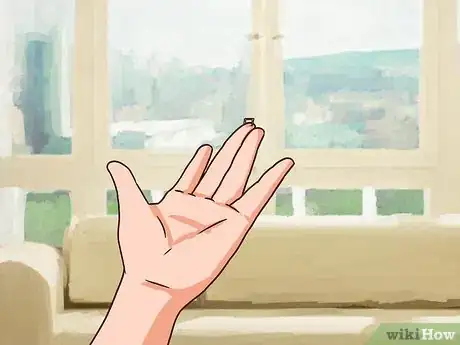
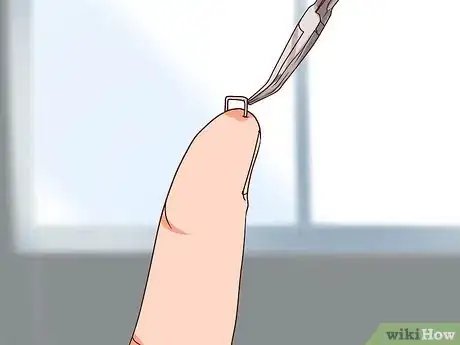
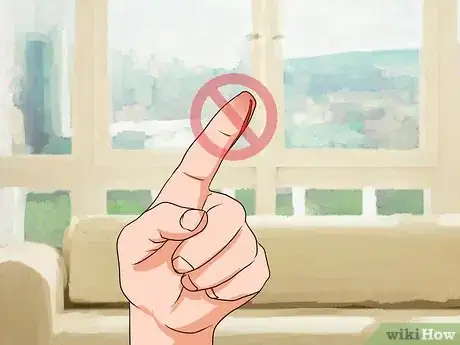
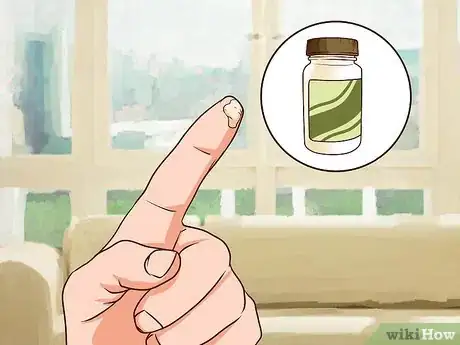

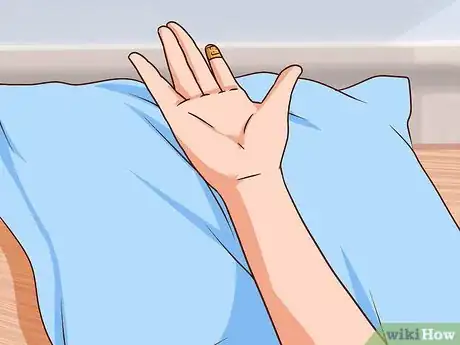
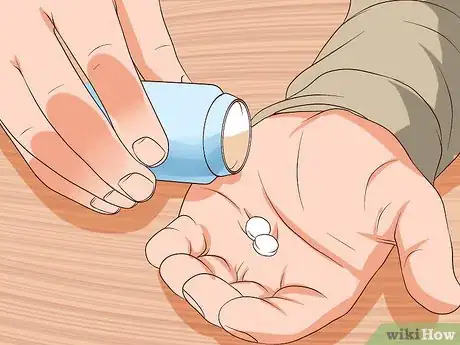
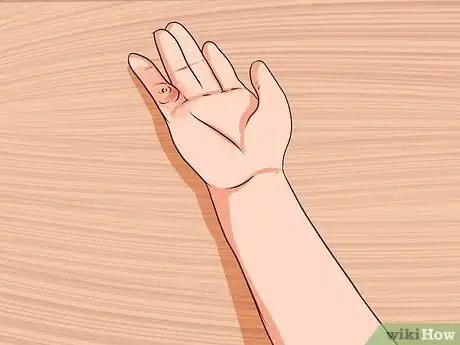
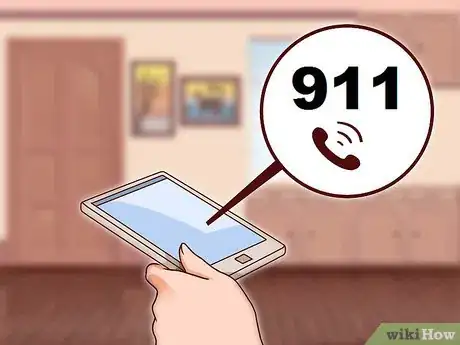



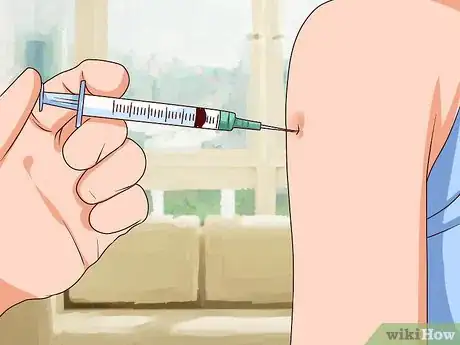
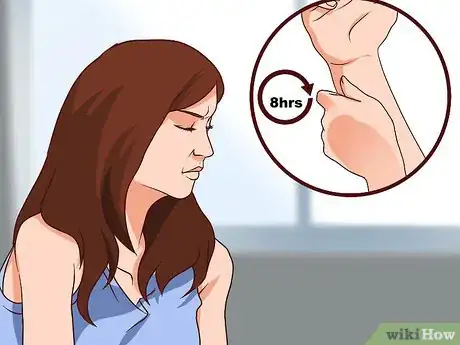
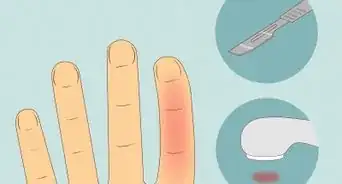
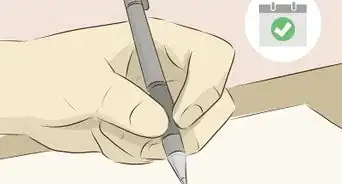
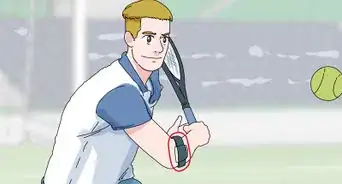
-Step-15-Version-3.webp)
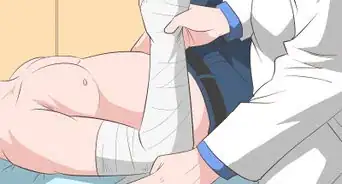


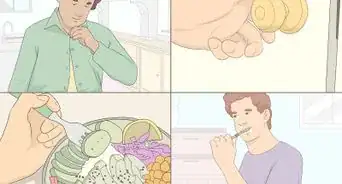


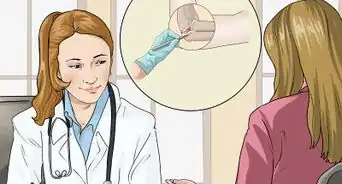
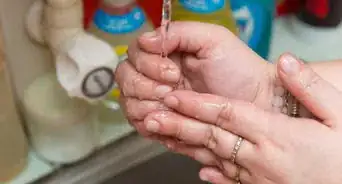

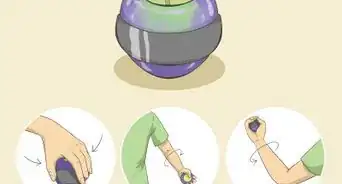








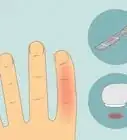
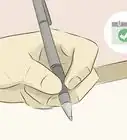

-Step-15-Version-3.webp)



































Medical Disclaimer
The content of this article is not intended to be a substitute for professional medical advice, examination, diagnosis, or treatment. You should always contact your doctor or other qualified healthcare professional before starting, changing, or stopping any kind of health treatment.
Read More...